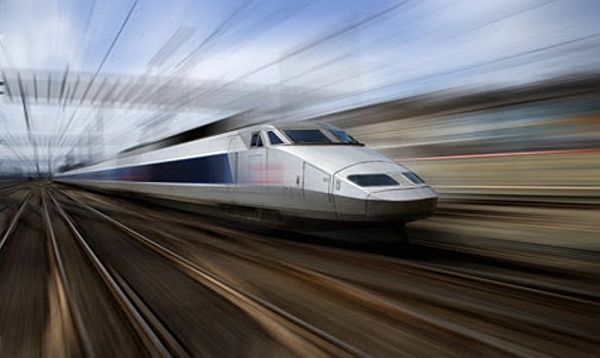Mexico City, Mexico - Updating a previous story, the construction of the Trans-peninsular Train Punta Venado – Yucatan has been pushed back until at least 2015. The project feasibility studies submitted by the previous state administration have to be redone by nearly 70 percent.
The Secretary of Economic Development (SEFOE) David Alpizar Carrillo confirmed that the project has been supported by the Federal Government, but the studies have to be updated for them to allow the fast train to work 24 hours a day.
The Secretary of Communications and Transportation (SCT) published in the Official Journal of the Federation the "Coordination Action Agreement," made with the government of Yucatan to develop the "speedtrain" that will connect Yucatan with Quintana Roo.
The Official Journal states that the train will travel between 100 to 112 miles per hour in a journey that is approximately 173 miles. It also says that the train will stop in Izamal, Chichen Itza, and Valladolid before entering the state of Quintana Roo, but also could stop in other populations where infrastructure would need it, as well as the development of services associated to train stations.
"The plans state that during the day, it would be a passenger train and carry cargo at night. We have to put in the necessary infrastructure for passenger service, and the frequency will depend on how fast the train runs as the same railway will be used to go back and forth", Alpizar Carrillo explained. "This new agenda is the reason the previous feasibility studies need to be upgraded by 70 percent."
"These new studies will take all of 2013 to be compiled; we will have the results by the second half of 2014. We cannot start building right after this, because we will not have the budgeted resources, we need to wait until the beginning of 2015 when the Trans-peninsular Train project may be included in the federal budget."
Alpizar Carrillo also explained that once the budget is approved, the SCT needs to do a bidding process to grant the concession for the development and works, while the state of Yucatan will need to conduct the designs, construction, and financing of road and urban aspects to improve the operations of the train project.


